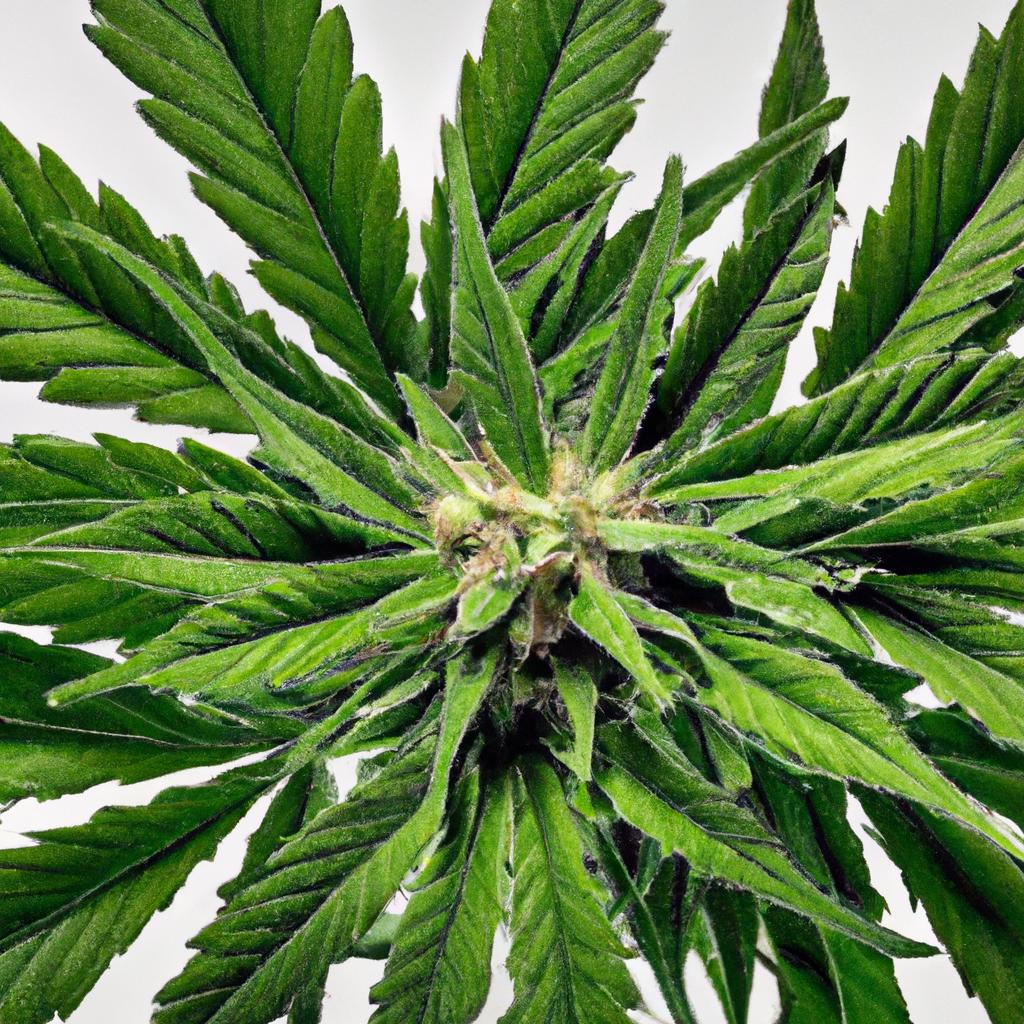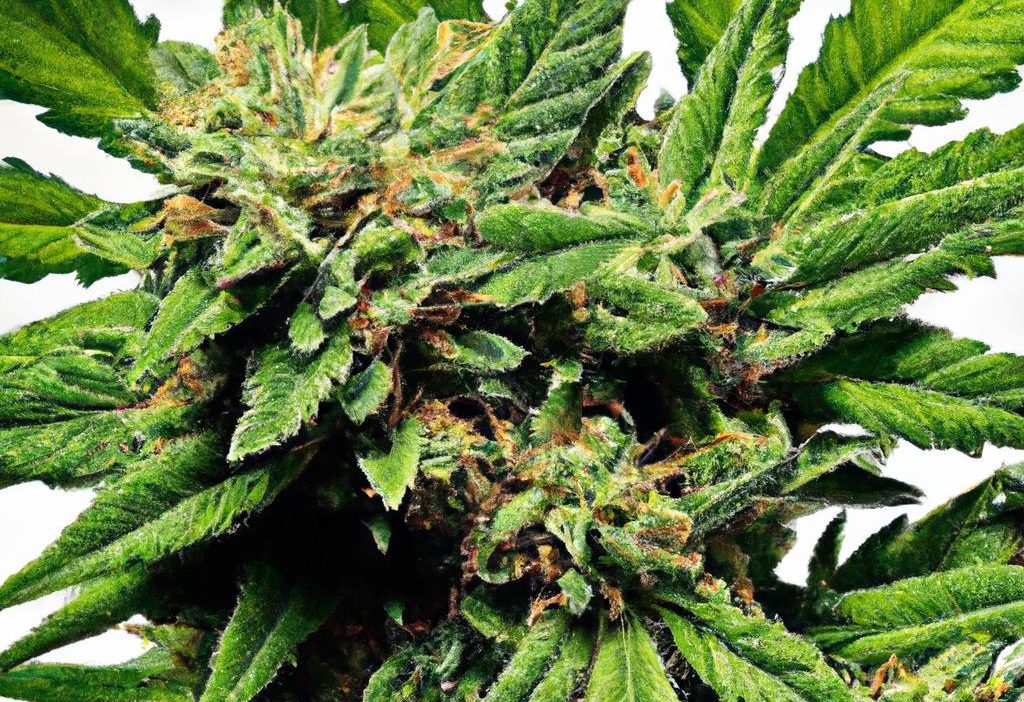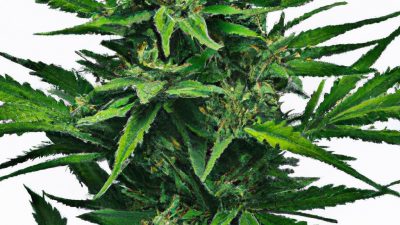
How to Verify Solvent-Free Extraction Results in Cannabis Processing
The cannabis industry continues to evolve rapidly, with innovative extraction methods driving the quality and purity of cannabis concentrates.One of the most sought-after techniques is solvent-free extraction, which produces clean, potent, and natural cannabis extracts without the use of chemical solvents. However, to ensure the integrity and quality of these delicate extracts, proper verification of solvent-free extraction results is essential.
In this comprehensive guide,we’ll dive deeply into how to verify solvent-free extraction results,exploring its importance within cannabis science,tailored testing approaches,and the best practices for reliable quality control.
Understanding Solvent-Free Extraction in Cannabis Processing
Before verifying results, it’s important to understand what solvent-free extraction means in the context of cannabis processing. Unlike solvent-based methods (e.g., butane or ethanol extraction), solvent-free processes rely on mechanical or physical techniques such as:
- Kief pressing: Compressing trichome-rich resin glands.
- Ice water extraction (bubble hash): Using ice and agitation to separate trichomes.
- Rosin pressing: Applying heat and pressure to cannabis flower or hash.
- Dry sift techniques: Sieving trichomes from plant material.
These methods preserve the natural terpene and cannabinoid profiles, resulting in extracts prized for their purity and flavor. However, the absence of solvents doesn’t guarantee absolute purity or consistency – which brings us to the central role of verification.
Why Verification of Solvent-Free Extraction Results Matters
Verification ensures that solvent-free extraction outputs meet standards for:
- Potency: Desired cannabinoid concentration like THC or CBD.
- Purity: Free from residual solvents, contaminants, or unwanted plant material.
- Safety: Compliance with regulatory limits for pesticides, molds, heavy metals.
- Consistency: Batch-to-batch uniformity in product quality.
Reliable verification methods elevate consumer trust, foster regulatory compliance, and add commercial value to cannabis extracts.
Step-by-Step Guide to Verify Solvent-Free Extraction Results
1. Visual and Organoleptic Inspection
Start with a careful visual examination. Solvent-free extracts should have:
- consistent texture: Rosin should be tacky, bubble hash should be fluffy and light-colored.
- Natural color: Avoid darkened or burnt spots indicating overheating.
- Smell and taste: Intact terpenes give a fresh, herbal aroma; strange odors may signal contamination.
2. Moisture content Analysis
Moisture affects shelf life and microbial stability. Use tools like a moisture analyzer or Karl Fischer titration to ensure moisture is minimized-ideally below 10% for solvent-free concentrates.
3. Cannabinoid Potency Testing
Lab testing for cannabinoids provides quantitative data. High-Performance Liquid Chromatography (HPLC) is the industry gold standard, capable of determining THC, CBD, CBG, and other cannabinoids without heating the sample.
Regular potency testing helps:
- Confirm extraction efficiency.
- Ensure labeling accuracy.
- Optimize process parameters.
4.Terpene Profile Analysis
Terpenes contribute considerably to flavor and therapeutic effects. Gas Chromatography-Mass Spectrometry (GC-MS) or GC-FID analyzes terpene profiles, verifying preservation after extraction.
5. Microbial and Contaminant Testing
Even solvent-free concentrates require rigorous contaminant testing to ensure safety:
- Microbial contaminants: Yeast, molds, bacteria.
- Pesticide residues: Especially if raw material was pesticide-treated.
- Heavy metals: Lead, mercury, cadmium, etc.
Standard testing protocols include PCR for microbes and ICP-MS for metals.
6. Residual Solvent Screening (if applicable)
Though solvent-free by definition, some contamination from previous processing or extraction equipment may occur. It’s vital to confirm that no solvents are present using Headspace Gas Chromatography (HS-GC).
Case Study: Verifying Rosin Extraction Results
One leading cannabis processor recently implemented a verification workflow for rosin, combining visual checks, moisture analysis, and lab potency testing. Their findings underscored the importance of temperature control during pressing – overheating led to degraded terpene profiles (confirmed by GC-MS) and darker concentrates.
Routine microbial and contaminant screening ensured batch compliance,resulting in safer and more consistent products entering the market.
Benefits of Proper Verification in Cannabis Solvent-Free Extraction
- Consumer confidence: Obvious quality verification builds brand loyalty.
- Legal compliance: Meets stringent state and federal cannabis regulations.
- Product consistency: Enhances reproducibility and customer satisfaction.
- Process optimization: Data-driven insights enable refined extraction techniques.
Practical Tips for Cannabis Processors
- Invest in accredited laboratories: Partner with labs experienced in cannabis testing and cannabis post-processing analysis.
- Maintain clean and dedicated solvent-free equipment: Prevent cross-contamination with solvent-based extractions.
- Document all results: Maintain records for traceability and audits.
- Train staff consistently: Emphasize proper sampling, testing, and reporting techniques.
Summary table: Key Verification Metrics for solvent-Free Cannabis Extracts
| Verification Metric | Preferred Test Method | Ideal Range/Result |
|---|---|---|
| Moisture Content | Moisture Analyzer/Karl Fischer | <10% by weight |
| Cannabinoid Potency | HPLC | Varies by strain/product, e.g., THC 60-90% |
| Terpene Profile | GC-MS or GC-FID | Higher terpene retention preferred |
| Microbial Contaminants | PCR, Plate Count | Below regulatory limits |
| Residual Solvent | HS-GC | Non-detectable (ND) |
Conclusion
Verifying solvent-free extraction results is a critical step in modern cannabis processing and science, ensuring that the final product is pure, potent, and safe for consumers. By combining comprehensive testing – from visual inspections to advanced chromatographic analysis – cannabis businesses can consistently deliver high-quality solvent-free concentrates that meet regulatory standards and consumer expectations.
Whether you’re a small-scale rosin producer or an industrial-scale processor, adopting robust quality verification practices enhances your cannabis technology processes, ultimately driving successful product innovation and market differentiation.





